December 29,2020
GPMA editor team
The paper industry in China has recovered steadily since August. As the demand for various paper types goes up, compounded by the price hikes of raw materials, paper prices are seeing a resurge. More and more paper manufacturers are sending price increase notice to companies who need paper as raw material for their products.
The trend is not going to stop, since the demand is still higher than the supply. The rocketing prices have increased the cost for small paper product manufacturers, making it harder for them to survive.
An Imbalance of Supply and Demand
As the economy recovers, demand for paper increases, leading to a mass price hike. Almost all major paper mills are raising the prices of their products. On general, the paper industry is recovering fast.
Pan Xuelian, a Purchasing Manager from a paper products company at Guangdong Province, China said, “ever since July, paper mills have been raising the prices of white cardboard, corrugated and many other types of paper; there are one or two price raise notices in every month”.
Wang Xiaoya, owner of another paper product company in Dongguan city, Guangdong, said that her company is faced with the same problem: “we’ve received price increase notices in almost every month in the second half of the year. We are about to get another one in several days.” Price hikes are so common that they will be surprised if they don’t receive such notices.
Wang Xiaoya also chairs the Dongguan Paper Industry Association. She explained the price increase. In the second half of this year, the paper industry has been recovering. The government has imposed stricter environment standards on paper mills, and has banned the imported waste paper. These reasons combined pushed up the prices of paper.
Statistics show that in November, the average price of waste yellow paperboard in China was ¥2134 per ton, a month-on-month increase of 1.08%; the price of waste books was ¥2044 per ton, a month-on-month increase of 4.98%; the price of waste newspaper was ¥2520 per ton, a month-on-month increase of 5.97%.
The demand for paper products increased partly because the government ban on all non-degradable plastics since Jan., 2020. From 2021, municipalities and provincial capitals will be the first to ban plastics in supermarkets, pharmacies, and food deliveries. This ban spurred downstream companies to find substitute for plastics like paper.
A Narrow Profit Margin for Downstream Paper Product Manufacturers
Lin Qing, owner of a packaging company in Guangdong Province in China, talked about the advantage of paper mills. Raw materials are mainly concentrated in several major paper mills, strengthening the bargaining power of those paper mills, and making it easier for them to raise prices.
The pressure has thus been passed on to downstream paper product manufacturers. They are thinking about raising prices to offset the rising costs, but it’s hard.
"We are all small and medium-sized enterprises. There’s not a lot of differentiation in our services and products, and it’s hard to reach out to a large group of customers. Companies like ours have no bargaining power." Pan Xuelian said.
Wang Xiaoya knows that it is unrealistic to raise product prices now. A narrow profit margin is still better than having no order at all. "If we raise the prices, customers could turn to other companies. We are in a dilemma."
However, end user companies are not without any harm. Dongguan Kaili Electronics, an electronics company in Guangdong Province, found the price of cartons increased. Its Deputy General Manager, Yi Jianjun knows why, "the prices of paper have gone up, so it’s natural that cartons see a price hike". Since this year, the price of packaging cartons has increased by more than 20%. Prices of other raw materials also rose; that increased our costs by hundreds of thousands".
This has put a dent on the profits of many manufacturers; Kaili Electronics is no exception. “It’s natural too; with the costs surging and products prices staying the same, our profit has no way but to decrease”, said Yi, its manager.
Paper Products Manufacturers Cooperate to Increase Their bargaining Power
Companies are not going to wait and do nothing.
To lower the costs, some industry associations are turning to group purchasing: by leveraging the collective buying power of multiple companies, it’s more possible for the paper prices to go down.
Last year, Lin Qing built a packaging industrial park in Dongguan City. Now it has more than 10 member companies. Lin Qing wants this industrial park to bring together small-to-medium packaging manufacturers, and standardize their production and management.
According to Lin Qing, many small-to-medium packaging manufacturers cannot meet national standards in production and environmental protection. “Joining the industrial park doesn’t just lower the prices of raw materials; it also improves their technology, production and management”.
“Group purchasing won’t sustain,” said Wang Xiaoya, “if companies really want to succeed in the long term, they need more high-value-added products and more innovation”.
This is what Kaili Electronics has been doing since the beginning of this year. Its manager Yi Jianjun said, “we hope to launch new products as soon as possible, so that we can increase the added value of our products, and in this way, we can offset the rising raw material costs.”
